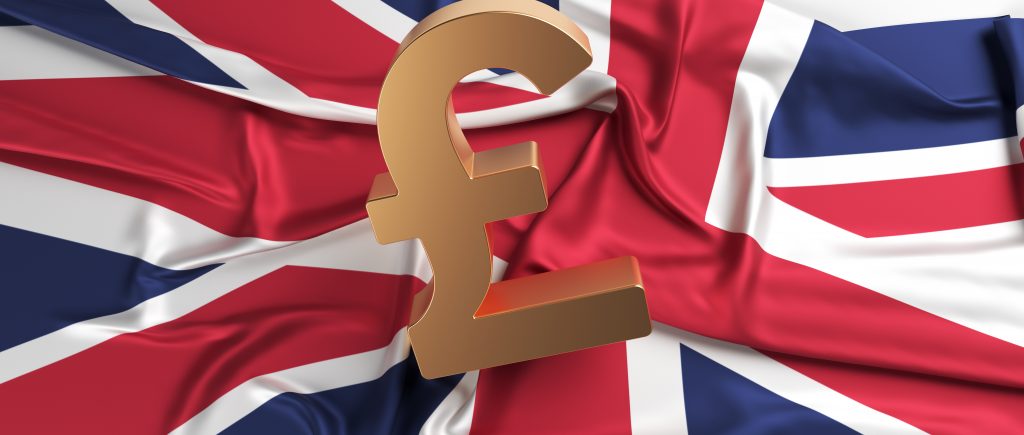Sterling rose sharply on Monday morning after reports that the UK government would back down from its planned cut to the highest income tax bracket.
Sterling rose 0.9% against the dollar to $1.12, back to the level it was at before Finance Minister Kwasi Quarting unveiled a raft of tax cuts on September 23rd.
The cuts were poorly received by financial markets, as the cut to the 45% tax paid on income over £150,000 was seen as politically damaging at a time when Britons were dealing with a cost-of-living crisis.
Standard & Poor’s has revised the outlook for British sovereign debt from stable to negative while maintaining its rating at AA, as it considered that Prime Minister Liz Truss’ tax cut plans will lead to a continued rise in debt.
On September 23, Finance Minister Kwasi Quarting announced permanent and unfunded tax cuts of about 45 billion pounds ($50 billion), as well as temporary subsidies for household and commercial energy bills, which led to a deterioration in the exchange rate of sterling and bonds.
While sterling has since recovered, the Bank of England was forced to launch an emergency bond purchase program on Wednesday, 28th September to stabilize markets. It warned that it might need to raise interest rates significantly in November.
 Noor Trends News, Technical Analysis, Educational Tools and Recommendations
Noor Trends News, Technical Analysis, Educational Tools and Recommendations





